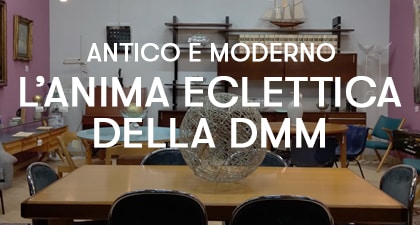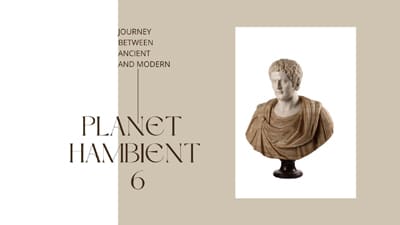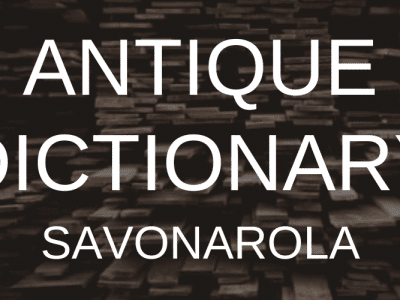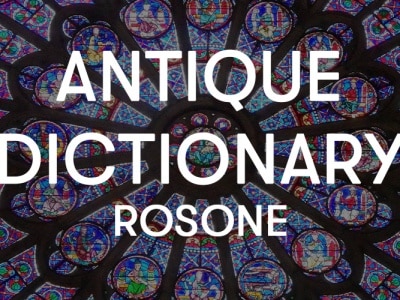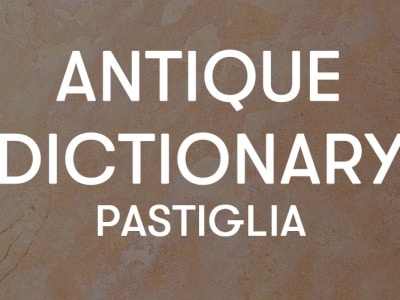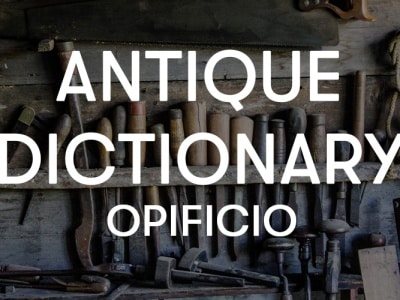
Sixth appointment with Classic Monday: a bookcase with a simple and sober line offers us the pretext to deepen the style and the main elements during the Restoration period
The conclusion of the Congress of Vienna in 1815 and the subsequent return to the Ancien Régime marked the beginning of that period that we commonly call the Restoration.

The great ruling houses, which at the beginning of the nineteenth century had given way to Napoleonic rule, tried to re-establish customs and traditions prior to the Revolution, forcing an anti-historical “return to the past”. It was mostly a period of transition – of stagnation – that affected all areas, including artistic and craft productions.
The latter could no longer count on the rich commissions of the European courts, impoverished (especially the French) by the Napoleonic campaigns. However, an interesting bourgeois clientele began to emerge.
It is difficult to define the Restoration style in a univocal way: it was initially configured as a continuation of the Empire style of which it maintained the simplicity of the forms, the classical taste, the almost militaristic line.
It was over the years that, to sanction a break with a historical period to be forgotten, the Restoration style acquired its own characteristics, with slight differences depending on the geographical areas. We can see in general the preference given to walnut and other lighter woods, the gentle and rounded lines, the attention to the practicality of the furniture, the decorative repertoire inspired by various styles of the past: Louis XVI, Directory and Empire (which is however stripped of those celebratory symbols of the imperial era such as eagles and “N”).
If in France this style evolves and differs from the Empire style until it arrives at the more defined Charles X style, in Italy different scenarios occur.
In Naples, for example, the Empire style was in vogue until beyond 1830, when the Biedermeier began to impose itself. In the northern regions the Restoration style presents itself as a rather coherent continuation of the Empire style: we can take for example this elegant library of Lombard origin, dating back to around 1830.
It is a two-body bookcase whose simple and sober line conforms to the Empire style.
Upon closer analysis we can see the presence of “new” elements that allow us to date the furniture in a later era than the imperial one.
First of all, the uprights: they consist of whole columns that differ from the classic Empire style columns. While Empire-style columns generally have a plinth, an elongated square base, these columns have a base with a softened line, of Ionic inspiration. Also in the columns we can see the decoration of the capitals, consisting of carvings with acanthus leaves, a classical decorative element, which is rendered here with softer and stylized shapes.
Another useful clue to date the furniture are the tiles carved in the four doors. It is an innovative motif, the geometric one with rounded lines, which is often found in the Restoration style.
We find it both in the forms and, as in this case, in the decorative elements.
In Italy the influence of the Empire style was still strong and pervasive in the period of the Restoration. To it went Side by side suggestions of different styles who already announced the imminent season of Eclecticism.















